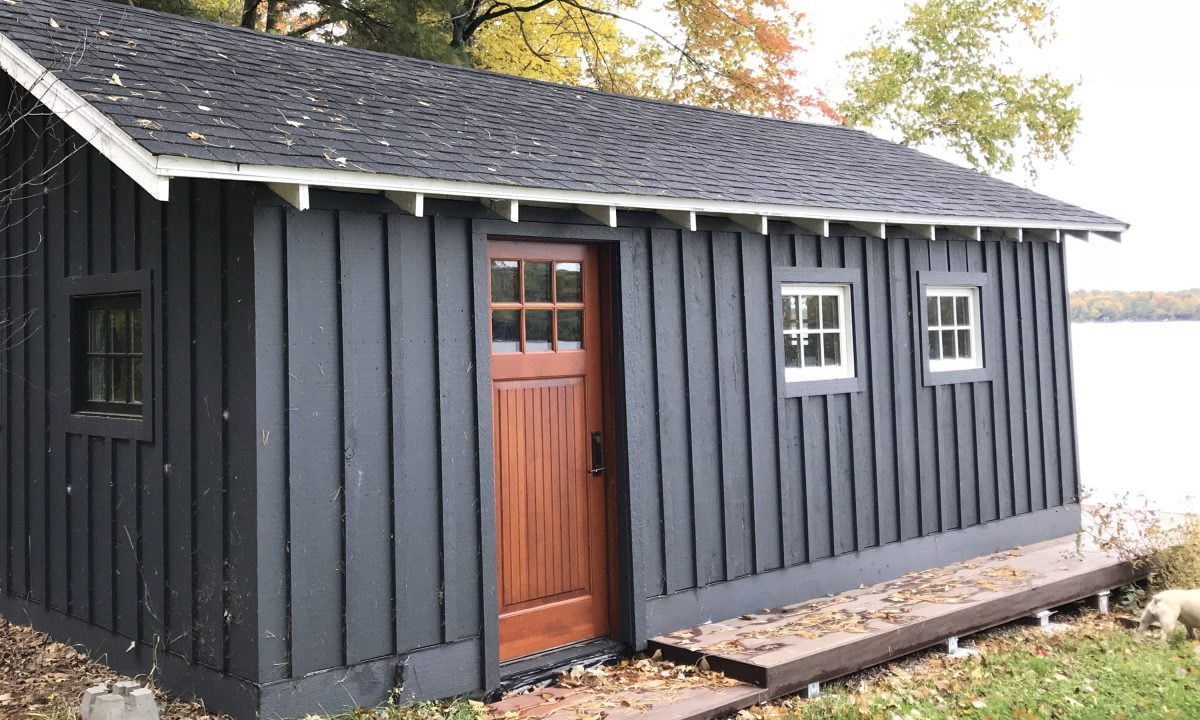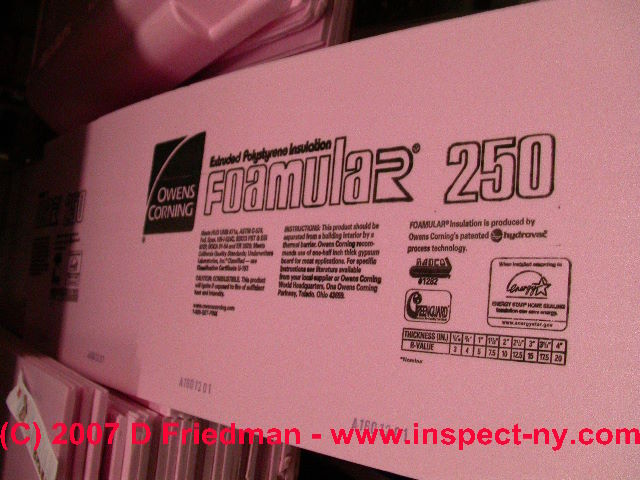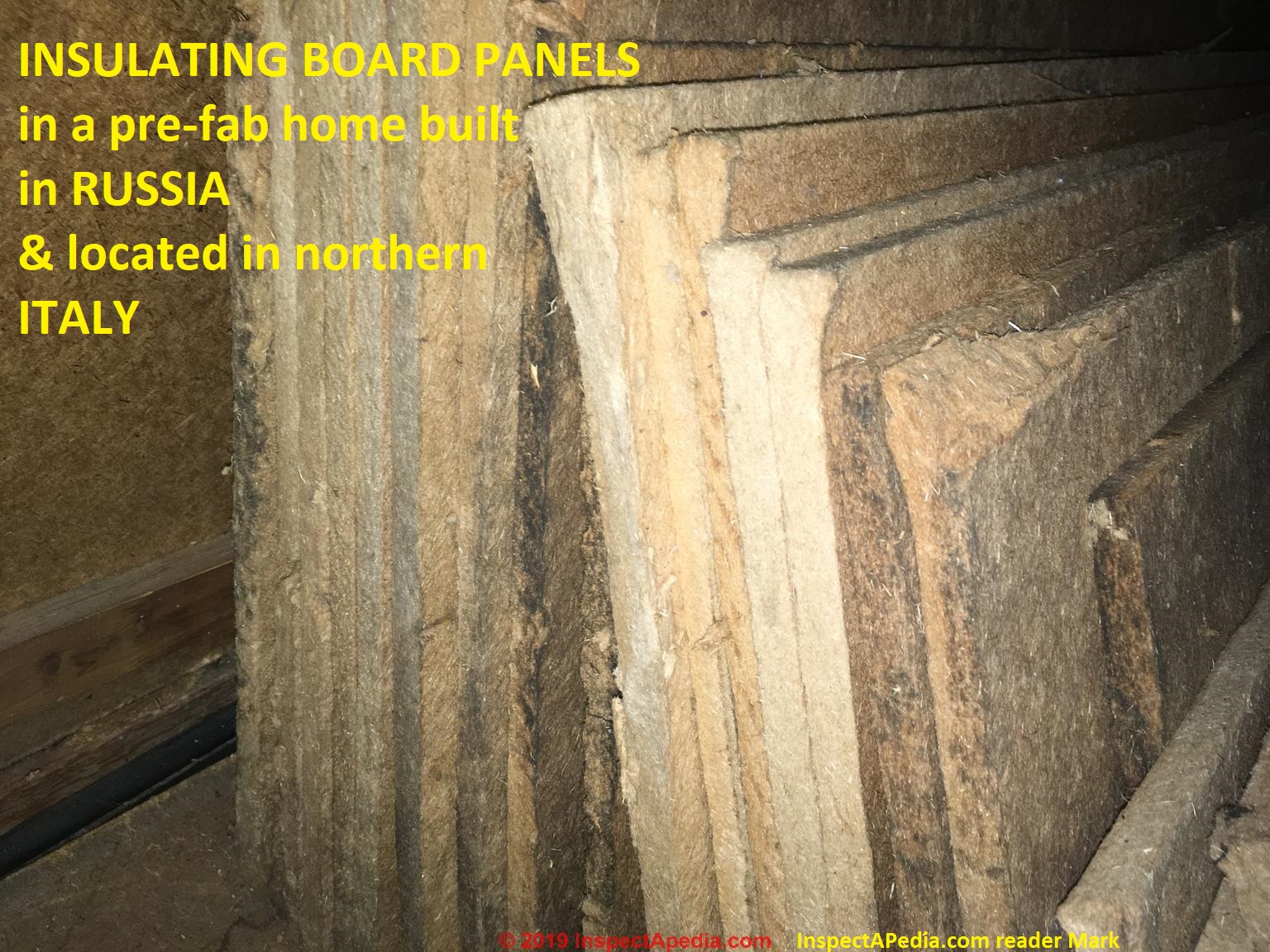Fine Debris At Base Of Siding Looks Like Insulation Dust

It blocks the pores and prevents the entry of tiny duct particles into the skin.
Fine debris at base of siding looks like insulation dust. I discovered little pyramids of real sawdust on the driveway apron next to garage doors. Air entering the building through holes and cracks will leave dirt and dust on walls where there is exfiltration and on the insulation that covers those leaks. The most common ingredients in house dust in a healthy home are. An expert can usually tell which insect left the frass by looking at it under magnification.
Carpenter bees chew holes in dead wood to make their nests. In a building exposed to pressures from high stack effect warm air rising or mechanical pressures such as those from duct leakage or exhaust fans staining can sometimes occur at the carpet edge where the interior or exterior wall joins the carpet. When mold growth is on unpainted metal in an air handler it is most likely dining on organic dust and debris found on those surfaces. Dust your body with talcum powder before you start work with fiberglass.
You will note that mold growth is present on the air handler insulation on the metal surfaces of the blower assembly on refrigerant and condensate piping and even on the paper labeling on the blower cage. Look for holes on all the surfaces even the ones that aren t obvious easily visible. For this reason subterranean termites build mud tubes along the surface of the object they feed on to insulate themselves from the dryer surrounding air. These pile have been at the base of the frontdoor sidelight interior and exterior on porch.
Before you call in a heating cooling hvac contractor there are a few steps that you can take yourself. I looked up and found dozens of perfectly round 3 8 holes caused by borer bees aka carpenter bees that drill into the cedar in order to lay their eggs and nourish the larvae. Entomologists call the sawdust created by insects frass. The home remedy for fiber glass dust exposure on the skin is to rinse the skin with cold water to get rid of fiberglass dust embedded on the skin surface.
Look at your eaves door jam and possibly siding anything wood really around where the dust is accumulating. If this material is pushed through cracks where the window frame meets the wall or along the trim board and door frames this is a sign of a subterranean termite. Depending on the insect frass contains chewed up wood pieces or fecal pellets that are mostly wood along with dead insects and miscellaneous debris excavated from the nest site. House dust might be a contributor to building air quality complaints if the dust has high levels of problem particles such as mold dust mite fecals pollen sub micron particulate debris bacterial contaminants pet hair mouse dander or fecal dust and similar particles.









































